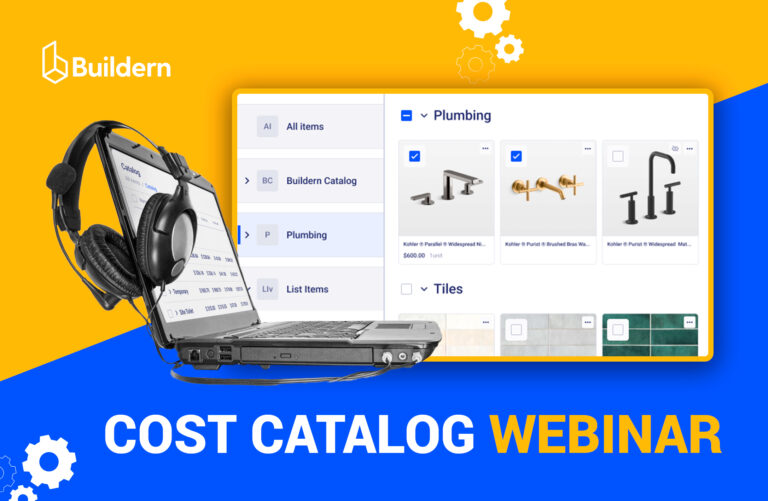Cost Catalog: Easy Way to Organize Costs

Creating an estimate should not last longer than building a house. A structured approach is needed to have a clear estimate and win a project.
In construction, there is no universal price list. Material costs fluctuate, labor rates vary, and depend on different factors. Each project comes with its unique requirements for equipment, materials, and professional staff.
A cost catalog is a type of “price list” where you fill in necessary data, including images. It serves as a background for creating an estimate and eventually generating a proposal for your client.
Cost Catalog Components
The catalog is a unified database that stores all the essential cost information. It’s saved and used for every new job.
However, the first step is defining your cost codes. These standardized identifiers are used to organize costs across categories of work. They are grouped into logical segments such as labor, materials, equipment, or trades for subcontractor fees.
Cost codes are usually based on industry standards like the CSI MasterFormat or NAHB classifications, though many builders customize them to fit their unique workflows. Once the cost code system is in place, you can build your cost catalog on this foundation.
A typical cost catalog features:
- Materials
- Labor
- Equipment
- Subcontractor Fee
- Assemblies
- Allowances
Estimates Based on Cost Catalog
Using a database of prices for estimates allows construction teams to maintain a single source of truth for all pricing and cost data.
Instead of recreating estimates from scratch for every project, builders can pull items directly from an organized catalog, saving time and reducing errors. A key advantage is the ability to justify markups and adjust allowances. All prices and their adjustments are stored in one “estimating system”.
Automation is a Key to a Structured Catalog
Why does automation make it easy? Imagine a long list of costs for a custom home project. It may include up to 200 items. Of course, it’s possible to enter data into a spreadsheet. However, every price change, quantity adjustment, or design change means manually updating dozens of cells.
In this case, it’s clear that double-checking formulas and hoping nothing breaks is a daily routine. One small mistake can throw off the entire estimate. Automation is used for this purpose.
For example, if the price of stone tiles rises, you update the price once in the catalog, and it automatically adjusts all related estimates. Besides, when using a construction management software, it’s possible to import a cost catalog.
Join our live session to see how automation turns hours of work into minutes. During our webinar, we walk you through exactly how automated cost updates work inside Buildern.
